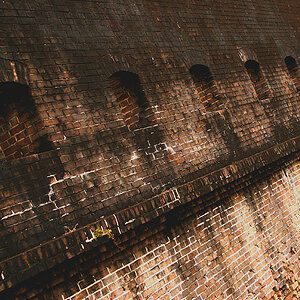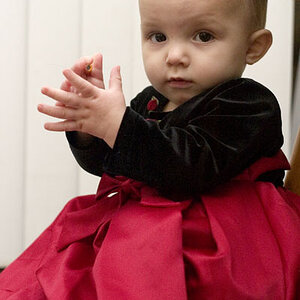flygning
TPF Noob!
- Joined
- May 5, 2008
- Messages
- 372
- Reaction score
- 0
- Location
- Phoenix, AZ
- Can others edit my Photos
- Photos OK to edit
I read "Understanding Exposure" and wanted to try out some of the author's advice on getting proper exposures for certain scenes. I used Brother Backlit Sky (jeez, are we in kindergarten??) to meter these, taking my exposure reading by zooming in to a smaller area just to the side of the sun. Unfortunately, as you can see, the sun was still way overexposed:

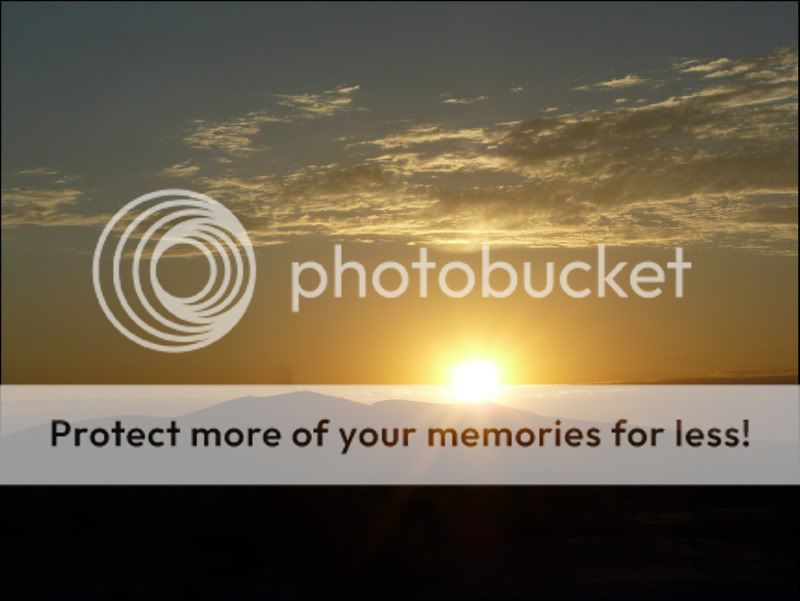
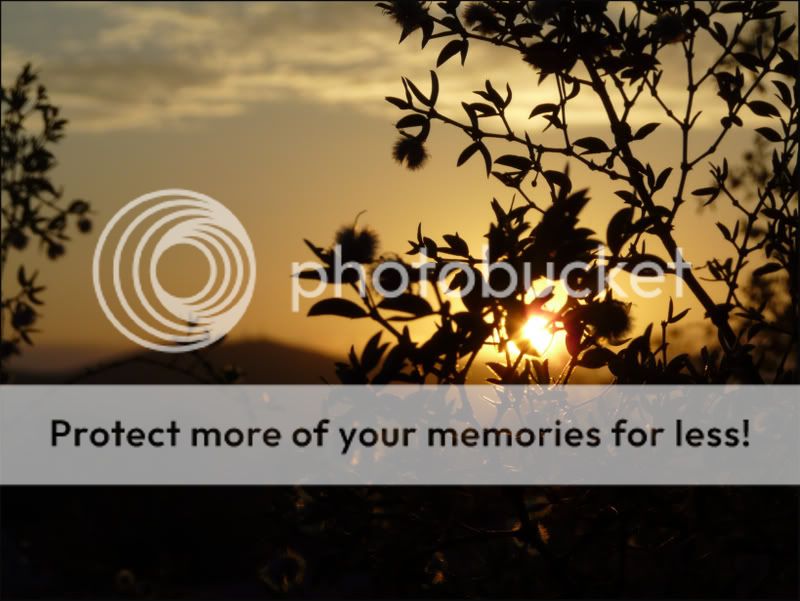
According to the author, this should have correctly exposed the photograph/sun and nothing would have been blown out. So, how do I do this in the future to get a better exposure? Do I meter from an area of sky like I did and then stop it down a bit more, or is there a more direct process like the author claims in the book?



According to the author, this should have correctly exposed the photograph/sun and nothing would have been blown out. So, how do I do this in the future to get a better exposure? Do I meter from an area of sky like I did and then stop it down a bit more, or is there a more direct process like the author claims in the book?




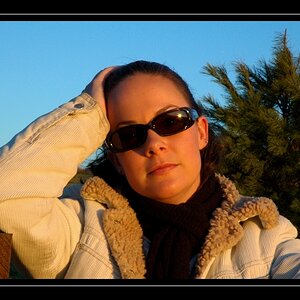
![[No title]](/data/xfmg/thumbnail/30/30887-70db98f68651b2f6c62119e611f707c0.jpg?1619734499)

![[No title]](/data/xfmg/thumbnail/35/35866-da1619f1c62d0897e43c22a31ae36ad2.jpg?1619737193)
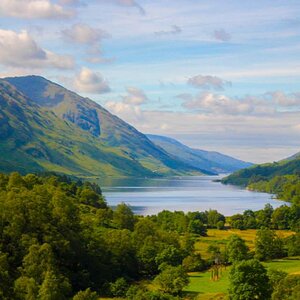
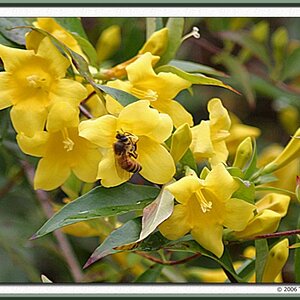
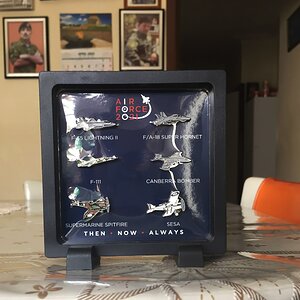
![[No title]](/data/xfmg/thumbnail/32/32160-4e45e524b050f1afae9fd21bf696d61b.jpg?1619735234)
